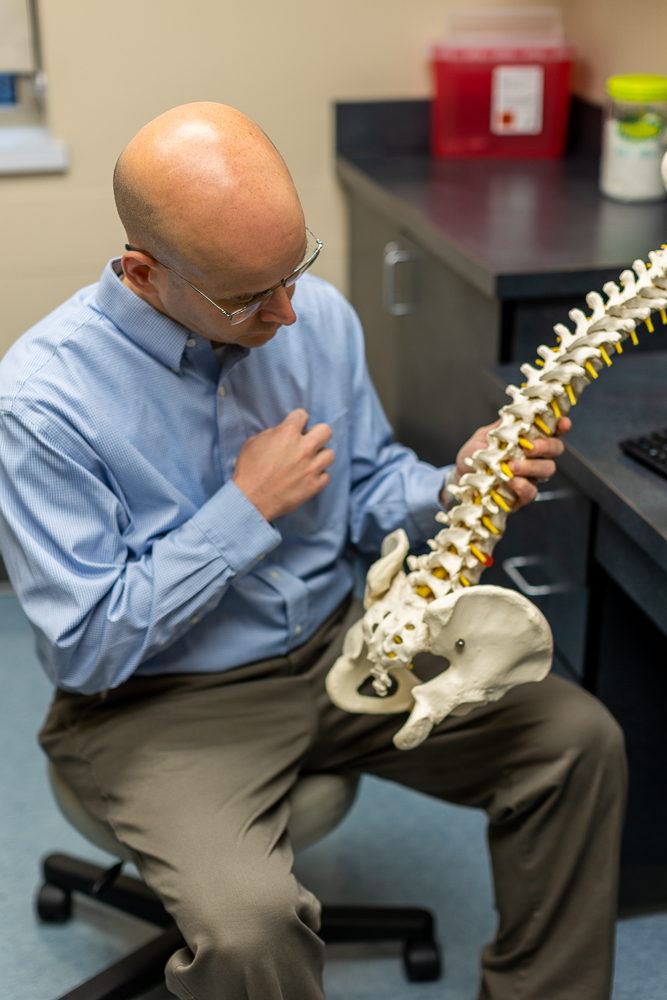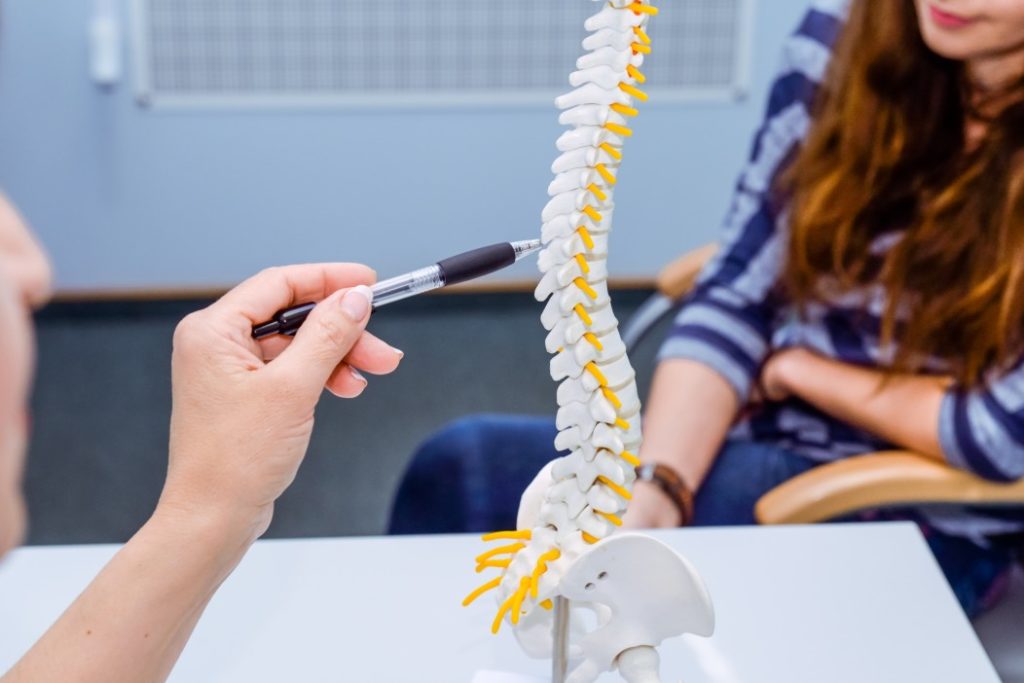 Lateral epicondylitis, which is more commonly known as tennis elbow, is a condition that causes pain and tenderness near the bony knob on the outside of the elbow, where forearm tendons attach muscle to bone. The condition occurs when repetitive motions — like those in tennis and other racquet sports — strain arm muscles to the point of creating tiny tears in the tendons, resulting in inflammation and pain. Some people with tennis elbow also experience weakened grip strength.
Lateral epicondylitis, which is more commonly known as tennis elbow, is a condition that causes pain and tenderness near the bony knob on the outside of the elbow, where forearm tendons attach muscle to bone. The condition occurs when repetitive motions — like those in tennis and other racquet sports — strain arm muscles to the point of creating tiny tears in the tendons, resulting in inflammation and pain. Some people with tennis elbow also experience weakened grip strength.
At Dickson-Diveley Orthopaedics, orthopedic surgeons who specialize in arm and elbow conditions and injuries will work with you to find the right treatment option for your condition.
First, don’t let the name fool you: Tennis elbow affects more than competitive tennis players. Everyone from plumbers to carpenters, from auto workers to cooks, and anyone else whose job or daily activities require repetitive motion involving the elbow can develop the condition. Fortunately, the vast majority of individuals with tennis elbow get better with nonsurgical treatment. In some cases, however, surgery is recommended if symptoms don’t improve with conservative treatment.
Nonsurgical Treatment for Tennis Elbow
- Rest. First and foremost, give your elbow a break from the activities that are causing pain. Several weeks of rest may be all that’s necessary to allow the forearm tendons to heal.
- Over-the-counter medicines. Non-steroidal anti-inflammatory drugs (NSAIDs) like ibuprofen and aspirin can help with the pain.
- Brace. A brace placed on the back of the forearm can protect muscles and tendons from further injury.
- Physical therapy. Special exercises that stretch and strengthen the forearm muscles can facilitate healing.
- PRP injections. A platelet-rich plasma (PRP) injection is a regenerative medicine treatment that uses a patient’s own blood plasma to help stimulate healing in the damaged tendon.
- Steroid injections. A steroid (e.g., cortisone) injection into the affected area can reduce inflammation and relieve pain.
Surgery for Tennis Elbow
Surgery might be appropriate for severe cases of tennis elbow with symptoms that do not improve after several months of conservative treatment. The type of procedure will depend on your individual health factors, but it typically involves removing damaged tissue and repairing the muscles and tendons. Surgical treatment options include open surgery and minimally invasive arthroscopic surgery.
Exercises to strengthen your elbow should begin approximately two months after surgery, though a full return to athletic activity typically takes four to six months.
If you have elbow pain from tennis elbow and would like to discuss treatment options, please make an appointment by calling 913-319-7600.
***
The medical information contained in the Dickson-Diveley Orthopaedics website is provided to increase your knowledge and understanding of orthopedic conditions. This information should not be interpreted as a recommendation for a specific medical or surgical treatment plan. As each patient may have specific symptoms or associated problems, the treatment regimen for a specific patient may not be the proper treatment for another.
Gaining knowledge and understanding of a particular problem or condition is the first step in any medical treatment plan. We believe the information presented on our website will be helpful for those individuals experiencing hand and wrist diseases, injuries, or other related problems. However, this information is not intended to replace the advice of your family physician. You are encouraged to consult with your physician to discuss any course of treatment presented or suggested.


